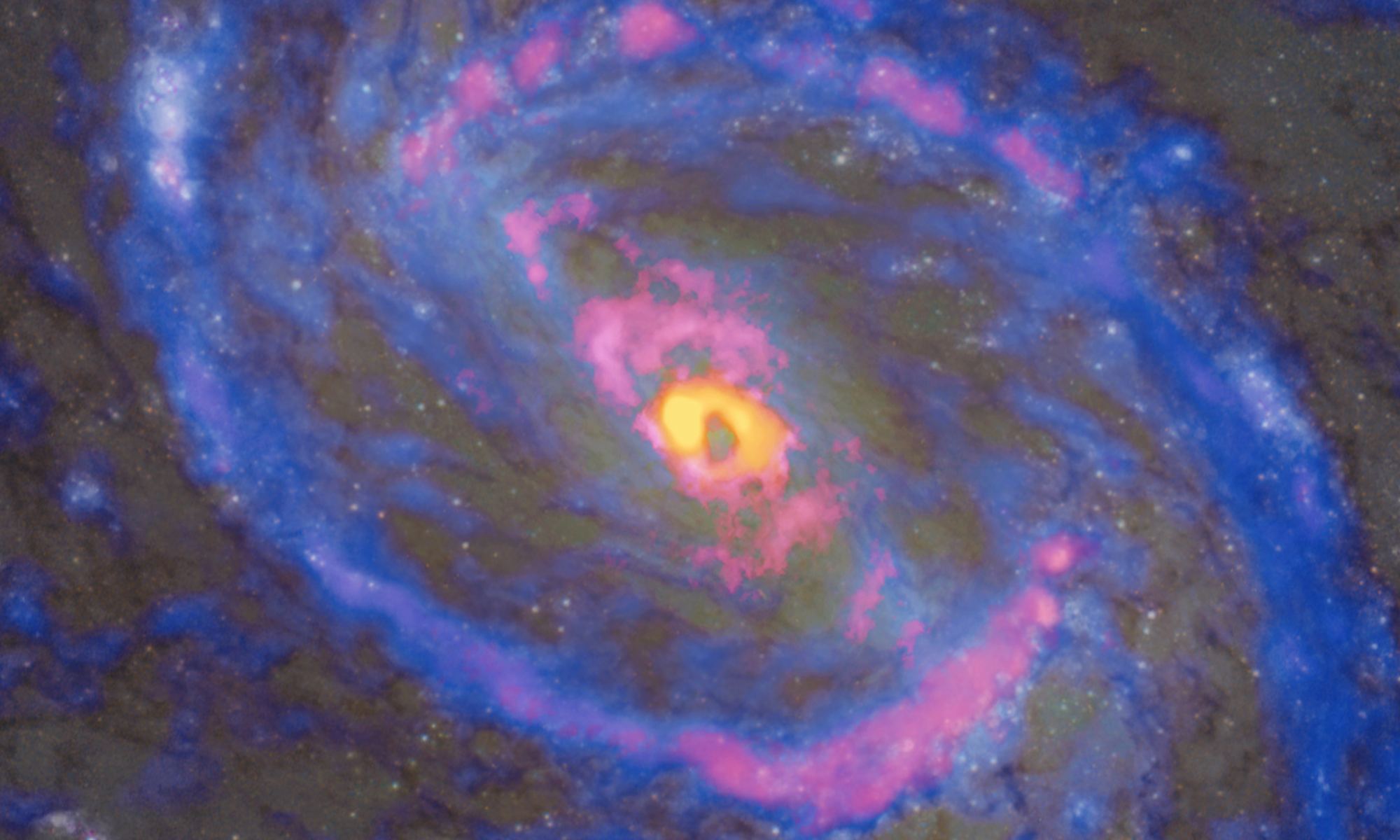Supermassive Black Holes (SMBHs) are impossible to ignore. They can be billions of times more massive than the Sun, and when they’re actively consuming stars and gas, they become luminous active galactic nuclei (AGN.) A galaxy’s center is a busy place, with the activity centred on the SMBH.
New research provides strong evidence that while going about their business, SMBHs alter their host galaxy’s chemistry.
Continue reading “Strong Evidence that Supermassive Black Holes Affect Their Host Galaxy’s Chemistry”
